Chairman of the question and answer session. Photo: Viet Thanh
Still can not rest assured about food quality
According to the Standing Committee of the City People's Council, in recent years, the city has paid special attention to ensuring food safety, focusing on directing synchronous and effective implementation. The City People's Council has regularly monitored and surveyed localities on compliance with food safety laws. In recent times, there have been no major poisoning incidents in Hanoi .
Despite many efforts, Hanoi still has many limitations in food safety. In fact, the people of the capital still cannot feel secure with the food they use every day. That concern ranges from the origin, production process, to the circulation, processing and trading of food.
In Hanoi, the number of food production and trading establishments in the area is also very large, about more than 80,000 establishments, but the city's food production only meets about 60% of consumer demand, the rest is imported from other provinces and imported. The implementation of the centralized slaughter network according to Decision No. 761 dated February 17, 2020 of the City People's Committee has not met the requirements set out.
The city has developed 7/8 approved industrial slaughterhouses that have been invested and built (reaching 87.5% of the approved number of facilities). However, to date, only 5 slaughterhouses are operating regularly; 2 slaughterhouses have had to temporarily suspend operations.
Regarding the development of centralized slaughterhouses, 3/8 slaughterhouses have been invested, built and put into production (reaching 37.5% of the approved facilities). However, the facilities are currently operating at a moderate level, with an average operating capacity of nearly 40%. The total weight of livestock and poultry meat controlled and supplied to the market only meets about 60% of the meat consumption demand in the Hanoi market.
Delegates attending the question and answer session. Photo: Viet Thanh
In particular, the project to build a concentrated slaughterhouse for livestock and poultry in Binh Minh commune was implemented and completed its technical infrastructure in 2017. The project has a total investment of over 80 billion VND, with a scale of technical infrastructure construction on an area of about 4.3 hectares. However, after more than 8 years since its completion, the project has not yet been put into operation. The investment efficiency of this project has been questioned by the City People's Council, requiring an explanation, but to date it has not been resolved.
While centralized slaughterhouses have not been deployed or their capacity has not reached the design, there are still 701 small-scale slaughterhouses for livestock and poultry in residential areas that are not controlled, causing environmental pollution and not ensuring food safety.
In addition to the above limitations, currently, many food processing craft villages do not ensure the production process and procedures, causing water pollution. Domestic wastewater, livestock wastewater, and especially untreated water and waste from many households processing starch in many craft villages in the old Hoai Duc district are discharged directly into the Day River. The water supply for farming areas is increasingly polluted, especially the water supply from the Day River and the Nhue River, which are the irrigation water sources for many vegetable growing areas in the city. This vicious cycle of pollution is poisoning food right from the production stage.
Transferred 7 cases to the police for verification, investigation and handling
According to records, after 1 month of implementing the peak of the Food Safety Action Month in 2025, 627 interdisciplinary inspection teams, 12 specialized teams and 610 local inspection teams have inspected and supervised nearly 12,800 establishments. Notably, the whole city has discovered more than 1,400 establishments violating with a total fine of nearly 12 billion VND. 54 establishments were forced to destroy goods worth over 5 billion VND. 2 establishments were suspended. The authorities have prosecuted 2 cases, 8 defendants for the crime of producing and trading in counterfeit food and foodstuffs. 7 cases have been transferred to the police for verification, investigation and handling.
City People's Council delegates questioned at the meeting. Photo: Viet Thanh
Smuggled goods, counterfeit goods, commercial fraud, the use of raw materials without invoices and documents, and without traceability still occur in the city. During the peak month of food safety control in 2025, the destruction of a large-scale counterfeit production and trading ring with about 100 tons of fake functional foods and medical equipment shocked public opinion.
Specifically, on the evening of April 28, 2025, Team 7, Economic Police Department, Hanoi City Police discovered more than 10 tons of cow viscera showing signs of damage and odor after a surprise search of three cold storages in Bai Do village, Dai Xuyen commune. More than 10 tons of cow viscera, including intestines, hearts, stomachs, buffalo and cow girdles, were seized. The owner of the goods admitted that the cow viscera were purchased illegally on the market, through many different sources. Therefore, the origin of these animal viscera is completely unknown, especially not inspected for food hygiene and safety.
In early June 2025, at the landfill in La Phu industrial park, La Phu commune, now An Khanh commune, tons of candy and household waste were dumped into large piles, meters high, located close to the residential road. When it was sunny, the rancid smell rose up, when it rained, wastewater flowed everywhere... The story was that unsafe food was always present, right in the heart of the capital's candy making village.
According to the report of the Department of Industry and Trade, out of a total of 457 markets in the capital, there are 91 permanent markets (accounting for 20%); 250 semi-permanent markets (accounting for 54.7%); 116 temporary tent markets (accounting for 25.3%). The city still has 85 "flea markets" and spontaneous business locations in the area.
Right near the Nga Tu So area, a temporary market exists, spilling out onto the street, selling vegetables, meat, fish, poultry... which are difficult to control for quality and food safety...; many times, the authorities have taken action to clear it up, but "everything is back to normal"...
In the 2021-2025 period, the city plans to build 55 new markets and renovate 97 markets. However, the overall progress is currently behind schedule. Currently, only 9 markets have been completed, 9 markets are expected to be completed in 2025, accounting for 32%; 41 markets have been renovated, accounting for 42%.
There are many types of imported fruits being sold in the market, from supermarkets to sidewalks. Imported fruit shops are springing up like mushrooms, located close together on all the streets in Hanoi, but at many shops, when asked about the documents proving the origin of the imported fruits, the store staff gave vague answers and could not provide any documents proving the origin.
In addition, Hanoi currently has about 3,600 collective kitchens in schools, industrial parks, hospitals, and offices. Hundreds of thousands of people, from students, workers, to office workers, are "dependent" on their daily meals here. On April 16, the Hanoi City Food Safety Interdisciplinary Inspection Team No. 1 conducted a surprise inspection of the collective kitchen of Chee Wah Vietnam Toys Co., Ltd. in Phu Nghia Industrial Park. At the time of the inspection, the facilities, kitchen equipment and utensils were degraded and did not ensure hygiene and food safety. A quick test of the stainless steel food trays also showed that 100% of the samples did not meet the standards.
It can be seen that Hanoi is facing many difficulties in state management of food safety. A large amount of food is imported from other provinces or imported, making it difficult to count, review and manage. The system of legal documents on food safety issued by many agencies is still overlapping and lacking in consistency, leading to inefficiency. The work of inspecting compliance with legal regulations on food safety is still a formality. The staff working on food safety is thin, many of them are part-time, have not been trained in time, and the tools and means of inspection and control in this field are very limited...
Therefore, the city urgently needs a comprehensive campaign from inspection, supervision to strict handling in the field of food safety, to protect the consumer market, and above all, to protect the health of the people. This is not only a matter of state management, but also a matter of ethics, conscience and responsibility to the community.
Source: https://hanoimoi.vn/ha-noi-nhieu-van-de-dat-ra-trong-quan-ly-an-toan-thuc-pham-708489.html



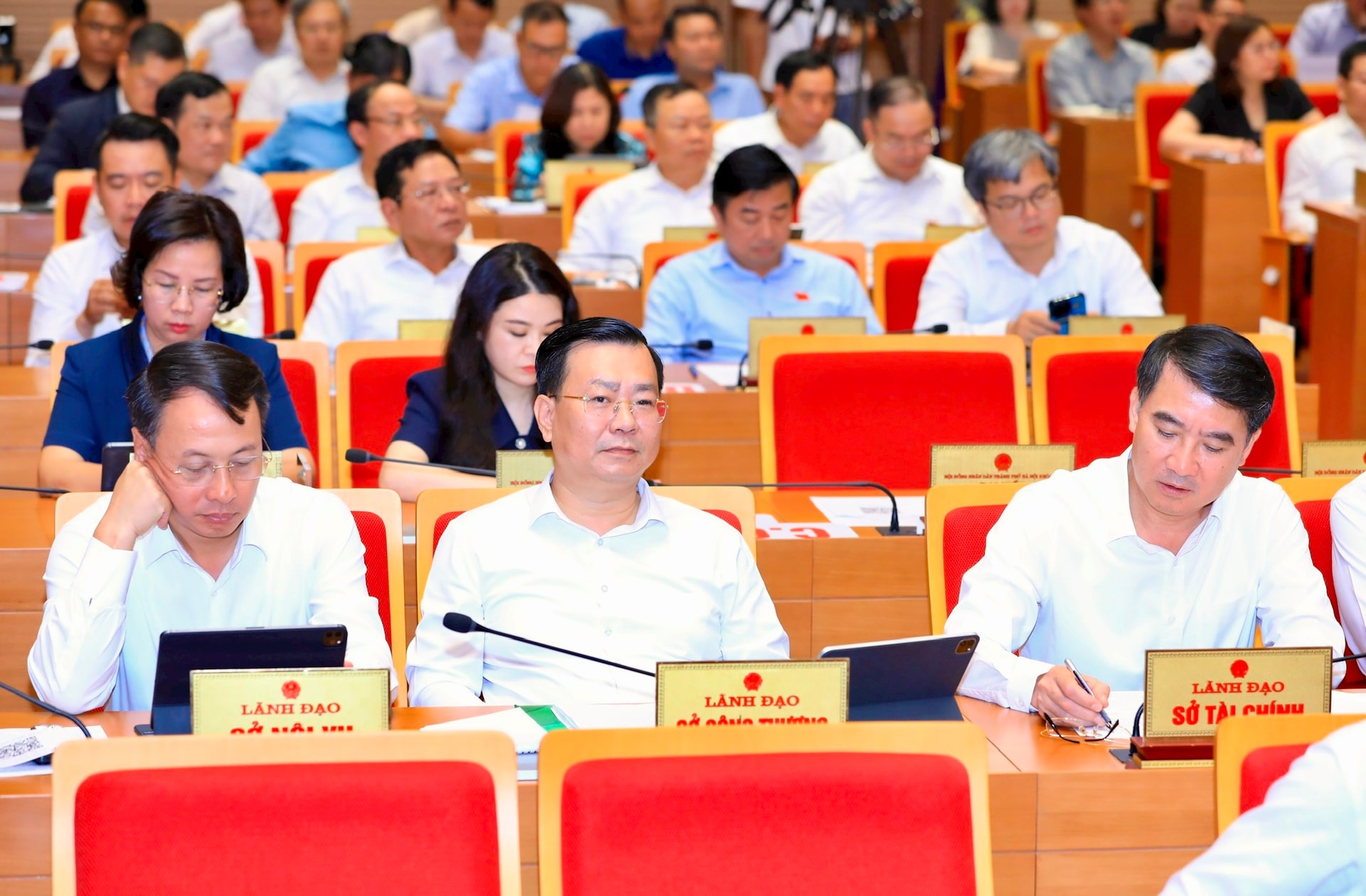
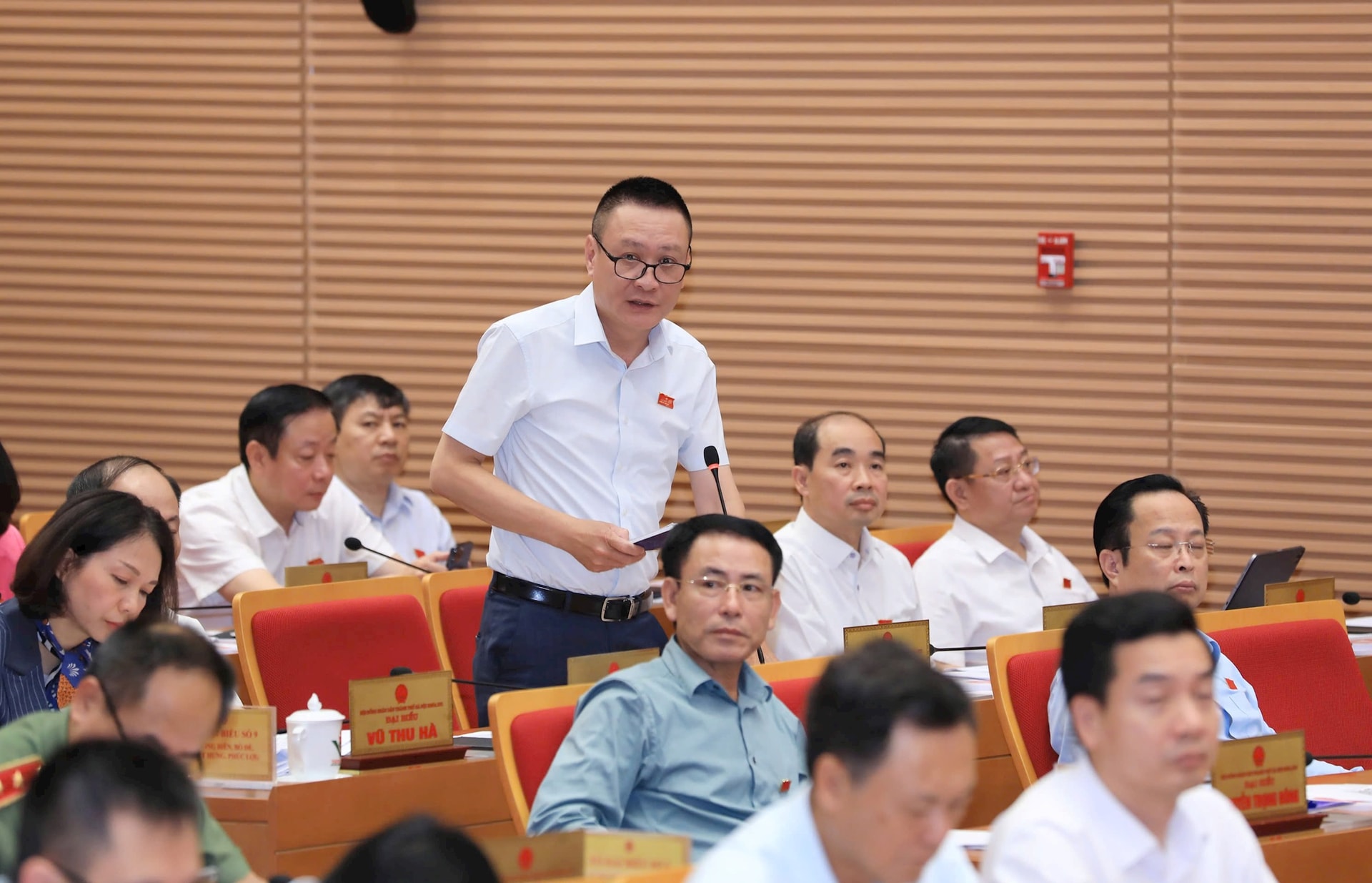





![[Photo] Dan Mountain Ginseng, a precious gift from nature to Kinh Bac land](/_next/image?url=https%3A%2F%2Fvphoto.vietnam.vn%2Fthumb%2F1200x675%2Fvietnam%2Fresource%2FIMAGE%2F2025%2F11%2F30%2F1764493588163_ndo_br_anh-longform-jpg.webp&w=3840&q=75)
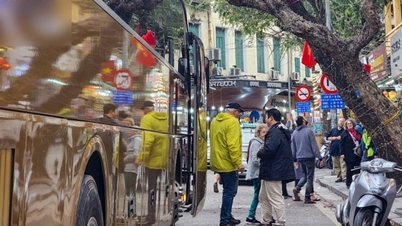

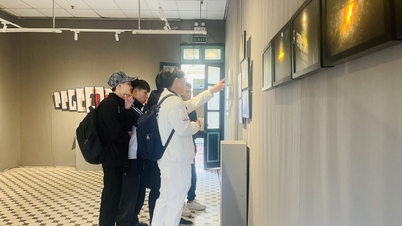

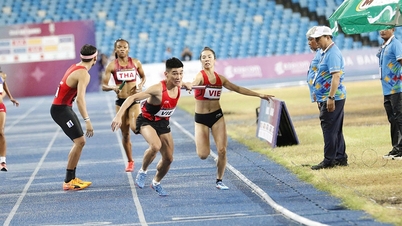

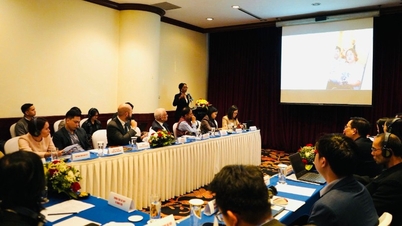

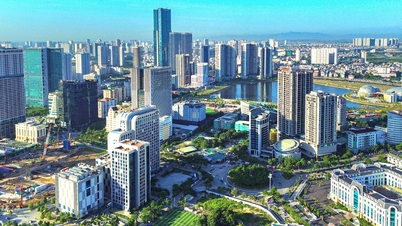

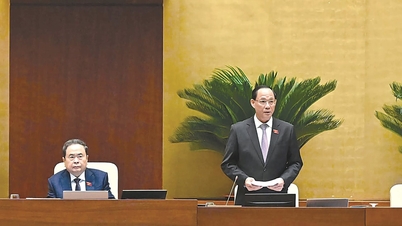



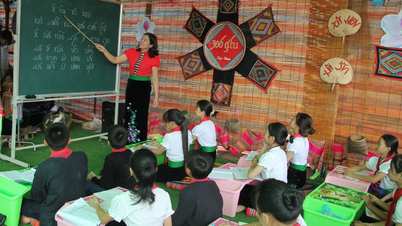

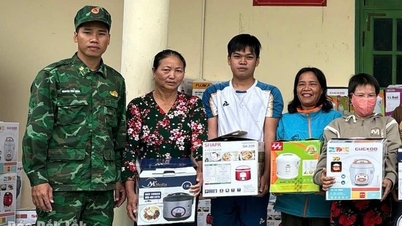

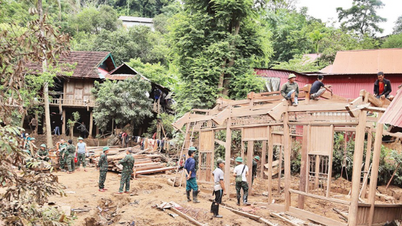











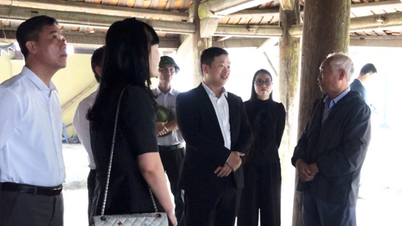
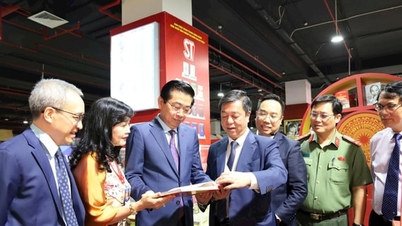

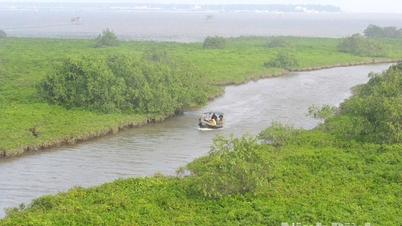

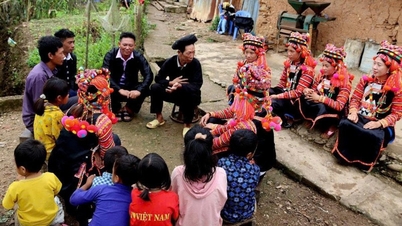

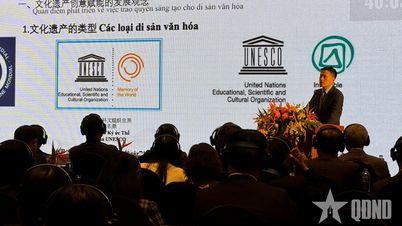

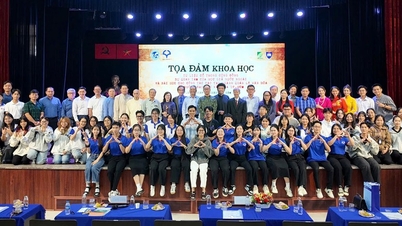

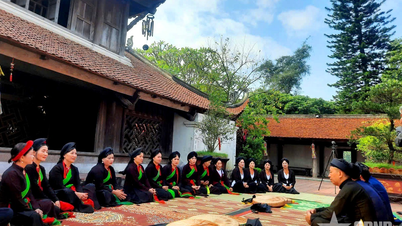









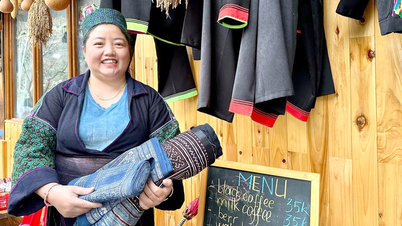

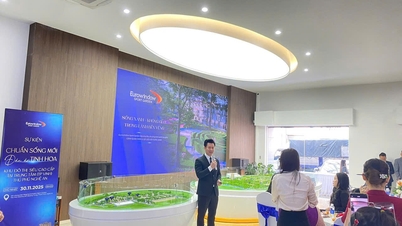

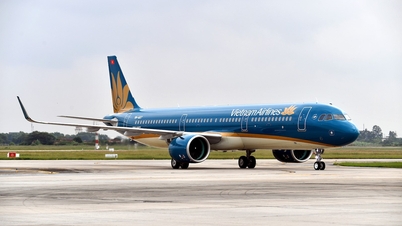
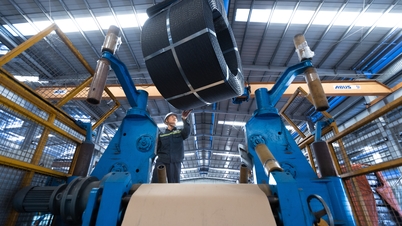
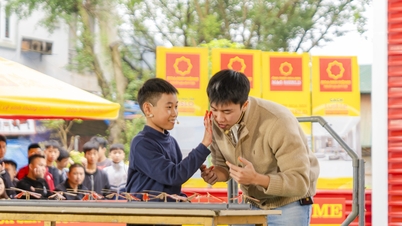
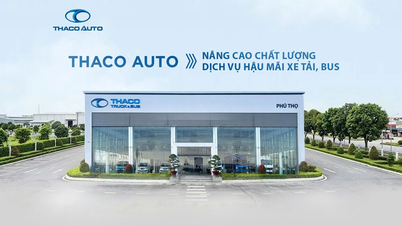

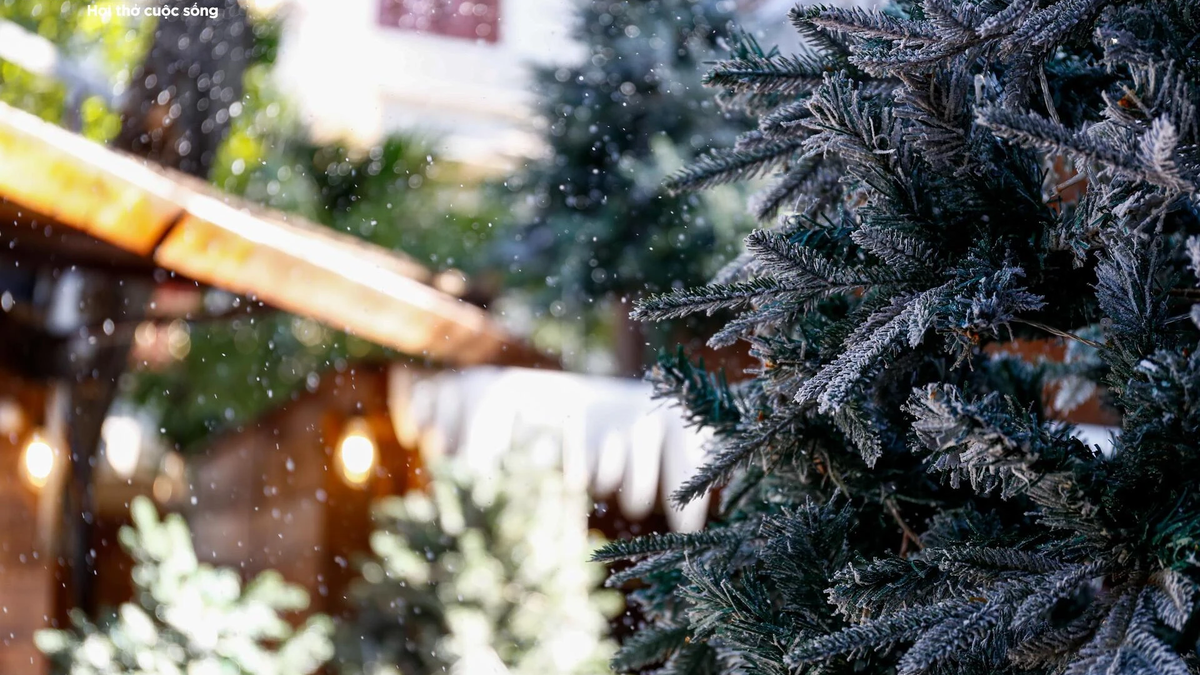




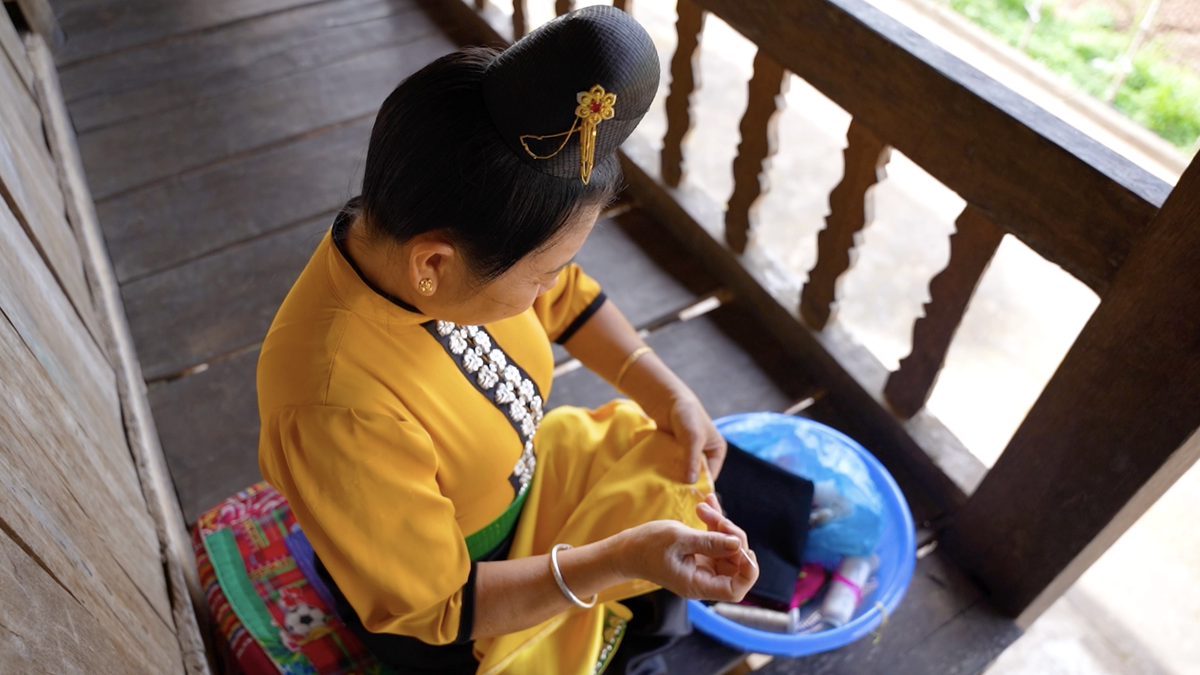

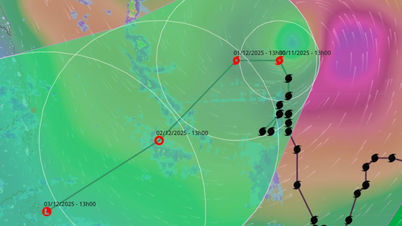







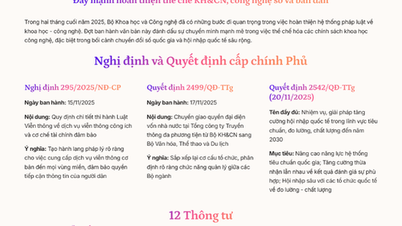

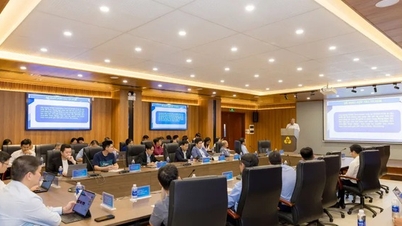
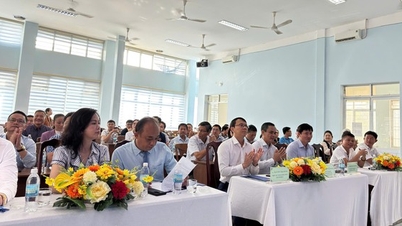

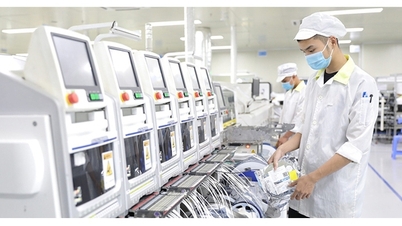

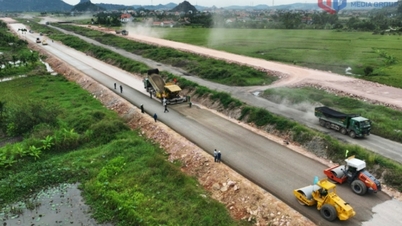

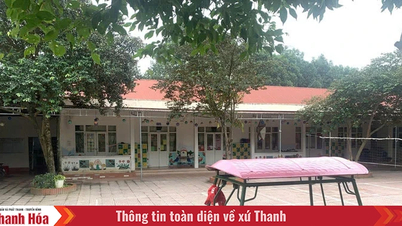

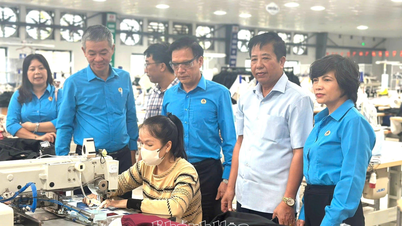

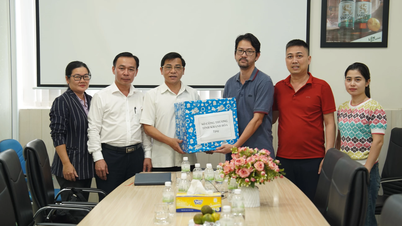









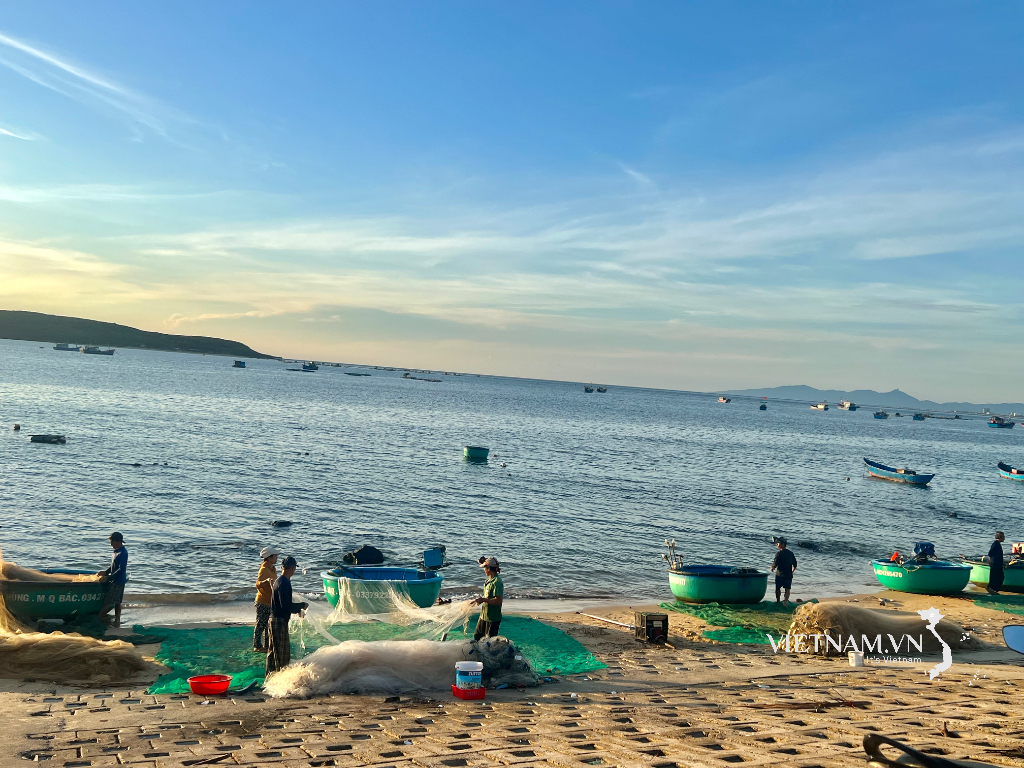
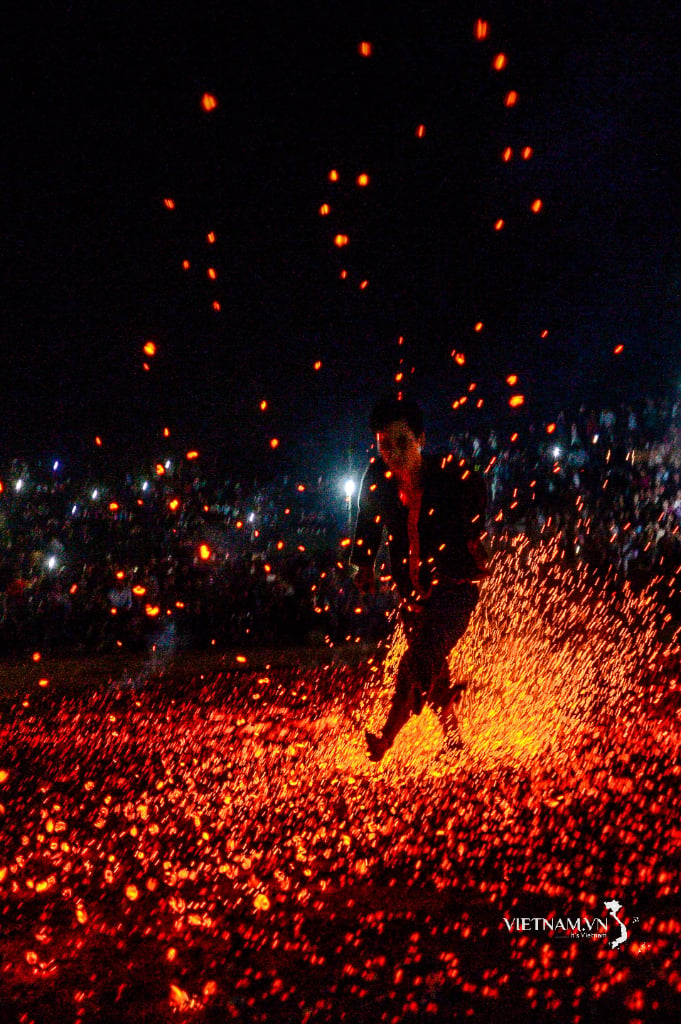

Comment (0)